Meghalaya’s like a secret whispered by the clouds—misty hills, cascading waterfalls, and tribal songs that echo through its valleys. Known as the “Abode of Clouds,” this Northeast Indian state feels like a world apart, where you can trek to living root bridges, savour jadoh with Khasi locals, or dance at a Garo festival. I’ve wandered Shillong’s vibrant streets, kayaked Dawki’s crystal waters, and stood awestruck in Cherrapunji’s rains, and let me tell you, Meghalaya’s magic is real. From Mawsynram’s wettest corners to Mawlynnong’s cleanest village, here’s my take on the top 10 places to visit in Meghalaya, packed with attractions, food, culture, and tips to make your trip feel like a proper adventure.
Why Explore Meghalaya?
Meghalaya is Northeast India’s emerald gem, blending Khasi, Garo, and Jaintia tribal cultures with some of the planet’s most stunning landscapes. It’s home to the world’s wettest places, sacred groves, and a music scene that rivals global stages. Whether you’re exploring Nohkalikai Falls, spotting rare wildlife in Balpakram, or digging into pukhlein at a roadside stall, Meghalaya offers experiences that are serene, vibrant, and deeply rooted in tradition. Ready to dive in? Here are the top 10 destinations you can’t miss!
1. Shillong: The Scotland of the East
What’s the Vibe?
Shillong, Meghalaya’s capital, is a hilly city with colonial charm, bustling markets, and a rock music soul. It’s lively, green, and the perfect base for exploring the state.
Things to Do
Visit Ward’s Lake, explore Don Bosco Museum’s tribal exhibits, or stroll Police Bazar for crafts. Shillong Peak offers panoramic views, and Elephant Falls is a scenic gem. Catch live music at Café Shillong.
Food Nearby
City Hut Dhaba serves jadoh (rice with pork) and tungrymbai (fermented soybean curry). Try dohneiiong (pork with sesame) at Jaintia Kitchen or pukhlein (rice cake) at Police Bazar stalls.
Culture
Shillong’s Shad Suk Mynsiem (April) is a Khasi thanksgiving dance festival. Locals share rock band stories—ask about the city’s “Bob Dylan” nickname!
2. Cherrapunji (Sohra): The Rain Capital
What’s the Vibe?
Cherrapunji, one of the world’s wettest places, is a misty wonderland of waterfalls, caves, and living root bridges. It’s dramatic, lush, and a nature lover’s paradise.
Things to Do
Trek to Double Decker Living Root Bridge, marvel at Nohkalikai Falls, or explore Mawsmai Cave. Seven Sisters Falls and Eco Park offer stunning views. Visit Thangkharang Park for Kynrem Falls.
Food Nearby
Sohra Café serves tungrymbai and dohneiiong. Try jhur kleh (mixed veggie salad) at Root Bridge Dhaba or kyat (rice beer) at homestays. Avron Restaurant offers jadoh.
Culture
Cherrapunji’s Nongkrem Dance (November) is a Khasi harvest festival. Locals share root bridge tales—chat about their centuries-old bioengineering!
3. Dawki: The Crystal River
What’s the Vibe?
Dawki, on the India-Bangladesh border, is a small town with the Umngot River’s glass-like waters and vibrant markets. It’s serene, surreal, and perfect for water lovers.
Things to Do
Boat or kayak on the Umngot River, visit Jaflong Zero Point (Bangladesh border), or explore the Dawki Bridge. Shnongpdeng’s river camps offer swimming and zip-lining. Mawlyngbna’s fossil trails add adventure.
Food Nearby
Dawki Riverside Café serves jadoh and fish curry. Try pukhlein at Shnongpdeng Stalls or tungrymbai at Jaflong Dhaba. Homestays offer dohneiiong.
Culture
Dawki’s Behdienkhlam (July) is a Jaintia festival with dances. Locals share river fishing stories—ask about Umngot’s crystal clarity!
4. Mawlynnong: Asia’s Cleanest Village
What’s the Vibe?
Mawlynnong, dubbed Asia’s cleanest village, is a Khasi hamlet with bamboo homes, living root bridges, and spotless lanes. It’s quaint, eco-conscious, and a model of sustainable living.
Things to Do
Trek to Riwai Root Bridge, climb the Sky View bamboo tower, or visit Mawlynnong Waterfall. Balancing Rock and Bangladesh Viewpoint offer scenic stops. Explore local Khasi homestays.
Food Nearby
Mawlynnong Homestay serves jhur kleh and dohneiiong. Try jadoh at Village Café or pukhlein at Riwai Stalls. Eco Hut offers kyat and tungrymbai.
Culture
Mawlynnong’s Khasi Harvest Festival (October) features traditional songs. Locals share eco-village stories—ask about their plastic-free ethos!
5. Mawsynram: The Wettest Place on Earth
What’s the Vibe?
Mawsynram, holding the title of Earth’s wettest place, is a lush, misty village with caves, waterfalls, and Khasi warmth. It’s raw, rainy, and a haven for adventure seekers.
Things to Do
Explore Mawjymbuin Cave’s natural Shivling, visit Krang Suri Waterfall, or trek to Jakrem Hot Springs (day trip). Kshaid Dainthlen Falls and Mawsynram Village trails add scenic charm.
Food Nearby
Mawsynram Dhaba serves tungrymbai and jadoh. Try dohneiiong at Krang Suri Homestay or pukhlein at Mawjymbuin Stalls. Jakrem Café offers fish curry.
Culture
Mawsynram’s Shad Niam (November) is a Khasi ritual dance. Locals share monsoon tales—chat about the village’s rain record!
6. Nongriat: The Root Bridge Hamlet
What’s the Vibe?
Nongriat, near Cherrapunji, is a remote Khasi village famous for its Double Decker Living Root Bridge and pristine jungle trails. It’s rugged, serene, and a trekker’s dream.
Things to Do
Trek 3,500 steps to Double Decker Root Bridge, swim in Rainbow Falls’ turquoise pools, or explore nearby single root bridges. Nongriat’s homestays offer rustic charm.
Food Nearby
Nongriat Homestay serves jhur kleh and dohneiiong. Try jadoh at Bridge Café or kyat at Rainbow Falls Stalls. Serene Guesthouse offers tungrymbai.
Culture
Nongriat’s Khasi New Year (April) brings community feasts. Locals share bridge-building stories—ask about the Ficus elastica trees’ role!
7. Tura: The Garo Heartland
What’s the Vibe?
Tura, in the Garo Hills, is a vibrant town with rolling hills, Garo tribal culture, and scenic rivers. It’s warm, offbeat, and a gateway to Western Meghalaya.
Things to Do
Visit Pelga Falls, trek to Tura Peak for views, or explore Siju Cave’s limestone formations. Nokrek National Park (UNESCO Biosphere Reserve) offers rare red panda sightings.
Food Nearby
Tura Homestay serves kappa (Garo rice porridge) and nakham bitchi (fish chilli stew). Try do’o kappa (chicken stew) at Garo Kitchen or pukhlein at Pelga Stalls.
Culture
Tura’s Wangala Festival (November) is a Garo harvest celebration with drum dances. Locals share Nokrek’s biodiversity tales—ask about the Garo orange!
8. Balpakram National Park: The Land of Spirits
What’s the Vibe?
Balpakram, in the Garo Hills, is a mystical park with canyons, wildlife, and Garo folklore calling it the “Land of Eternal Winds.” It’s wild, spiritual, and a nature lover’s haven.
Things to Do
Trek to Balpakram Canyon, spot elephants or clouded leopards, or visit Chitmang Peak. Siju Cave (day trip) and Baghmara’s Simsang River add adventure.
Food Nearby
Baghmara Café serves nakham bitchi and kappa. Try do’o kappa at Balpakram Homestay or pukhlein at Siju Stalls. Rik’s Kitchen offers fish curry.
Culture
Balpakram’s Den Bilsia (December) is a Garo ancestor festival. Locals share spirit tales—chat about the park’s “departed souls” lore!
9. Jowai: The Jaintia Jewel
What’s the Vibe?
Jowai, in the Jaintia Hills, is a serene town with rolling hills, sacred groves, and Jaintia tribal culture. It’s peaceful, cultural, and a hub for East Meghalaya exploration.
Things to Do
Visit Krangshuri Falls, explore Thadlaskein Lake, or trek to Ialong Sacred Grove. Nartiang Monoliths and Syntu Ksiar’s riverfront add historic and scenic charm.
Food Nearby
Jowai Homestay serves Jhur Kleh and Tungrymbai. Try jadoh at Krangshuri Café or pukhlein at Nartiang Stalls. Syntu Kitchen offers dohneiiong.
Culture
Jowai’s Behdienkhlam (July) is a Jaintia rain-prayer festival with vibrant dances. Locals share monolith stories—ask about Nartiang’s 7th-century stones!
10. Williamnagar: The Simsang Serenity
What’s the Vibe?
Williamnagar, in the Garo Hills, is a quiet town along the Simsang River with Garo culture and natural beauty. It’s offbeat, serene, and ideal for slow travel.
Things to Do
Boat on the Simsang River, visit Domre Falls, or explore Napak Lake. Rongrenggre’s Garo villages and Sisobibra’s historical sites add cultural depth.
Food Nearby
Williamnagar Homestay serves kappa and nakham bitchi. Try do’o kappa at Simsang Café or pukhlein at Domre Stalls. Garo Dhaba offers fish curry.
Culture
Williamnagar’s Christmas (December) brings Garo carols and feasts. Locals share river tales—ask about Simsang’s fishing traditions!
Meghalaya’s Culture: A Tribal Symphony
Meghalaya’s culture is a vibrant blend of Khasi, Garo, and Jaintia traditions, rooted in nature worship and community bonds. Shad Suk Mynsiem (April) and Nongkrem Dance (November) showcase Khasi dances, while Wangala (November) celebrates Garo harvests with A’chik songs. Jaintia’s Behdienkhlam (July) prays for prosperity with vibrant rituals. The matrilineal Khasi society and Garo drum music add a unique flair. Locals are warm, often sharing tales of sacred groves or Shillong’s rock bands over kyat. Shop for Khasi shawls, Garo bamboo crafts, or Jaintia jewellery in Shillong’s Laitumkhrah Market.
Food Highlights in Meghalaya
Meghalaya’s cuisine is rustic, meat-heavy, and infused with local herbs. Must-try dishes:
- Jadoh: Rice with pork, best at City Hut Dhaba.
- Tungrymbai: Fermented soybean curry, iconic at Sohra Café.
- Dohneiiong: Pork with black sesame, try at Jaintia Kitchen.
- Pukhlein: Sweet rice cake, found at Police Bazar stalls.
- Nakham Bitchi: Garo fish chilli stew, a staple at Tura Homestay.
Street food includes jhur kleh (veggie salad), khasi momos, and smoked pork. For upscale dining, La Galerie in Shillong blends Khasi and continental flavours. Sip kyat (rice beer) or zangor (ginger tea) for a local buzz.
Travel Tips for Exploring Meghalaya
Here’s how to make your Meghalaya trip seamless:
- Best Time to Visit: October to March for pleasant weather (10-25°C). Summers (April-May, up to 30°C) are warm but scenic. Monsoons (June-September) enhance waterfalls but make treks slippery.
- Getting There: Fly into Lokpriya Gopinath Bordoloi Airport (Guwahati, 120 km from Shillong) or Umroi Airport (Shillong, limited flights). Shillong has no railway; Guwahati Railway Station connects to Kolkata (18-22 hours). Buses or shared taxis from Guwahati to Shillong take 3-4 hours (₹200-500).
- Getting Around: Shared taxis (₹50-200) and local buses (₹30-100) cover major towns. Auto-rickshaws (₹20-80) work in Shillong. Rent a car for Cherrapunji or Dawki. Dawki boat rides cost ₹500-1,500.
- Where to Stay: Budget stays in Shillong (Hotel Polo Towers), mid-range in Cherrapunji (Polo Orchid), or luxury in Dawki (Betelnut Resort). Homestays in Mawlynnong offer Khasi vibes.
- Packing Tips: Pack light cotton for summers, warm layers for winter hills, and sturdy shoes for treks. Carry a raincoat, mosquito repellent, and a reusable water bottle.
- Safety Tips: Check road conditions during monsoons. Book treks (e.g., Nongriat) with local guides. Respect tribal customs (ask before photographing rituals). An Inner Line Permit (ILP) may be required for non-residents; check online.
Start Your Meghalaya Adventure!
Meghalaya’s a dreamy journey through misty hills, living bridges, and tribal heartlands. Whether you’re trekking in Cherrapunji, boating in Dawki, or savouring jadoh in Shillong, this state will leave you spellbound. So, pack your bags, grab some pukhlein, and dive into Meghalaya’s magic!
Which Meghalaya spots are on your radar? Drop your plans in the comments, and check our other guides for more travel inspo!


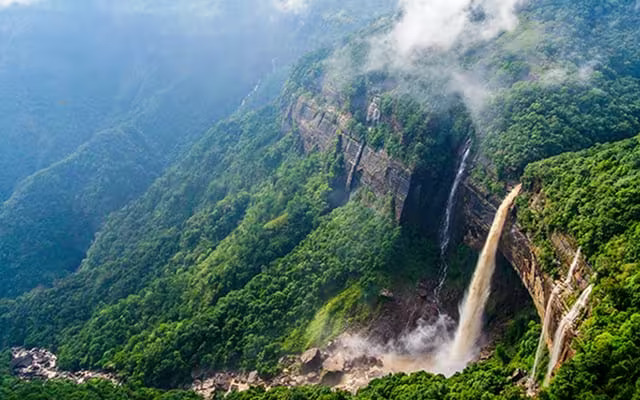
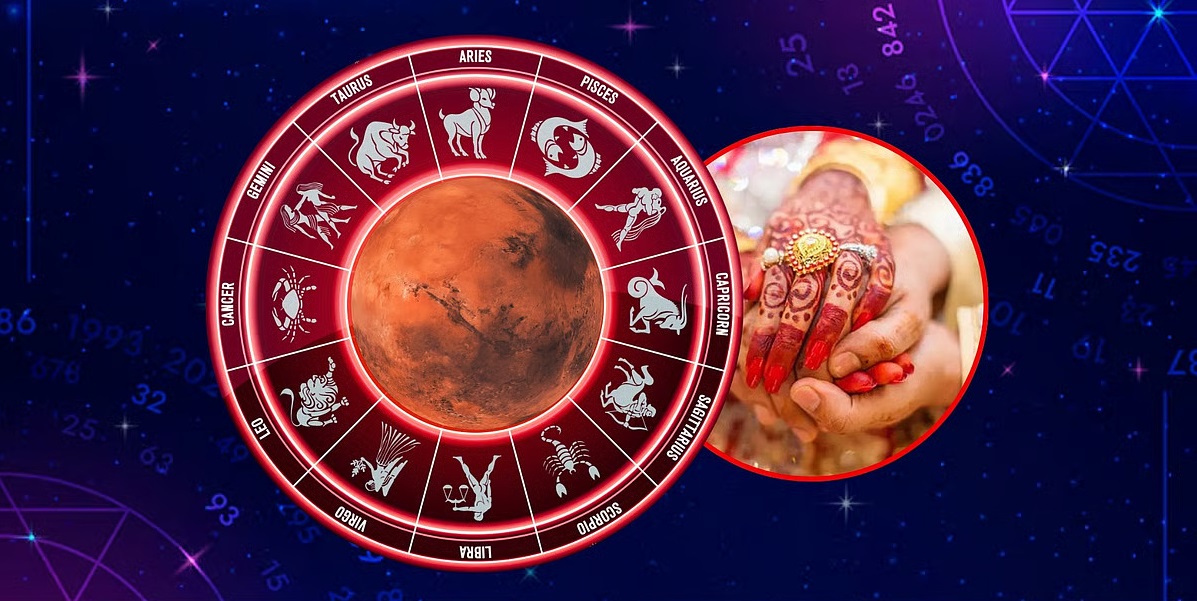
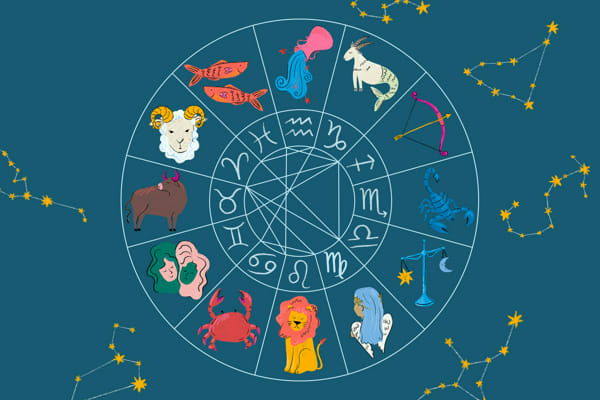

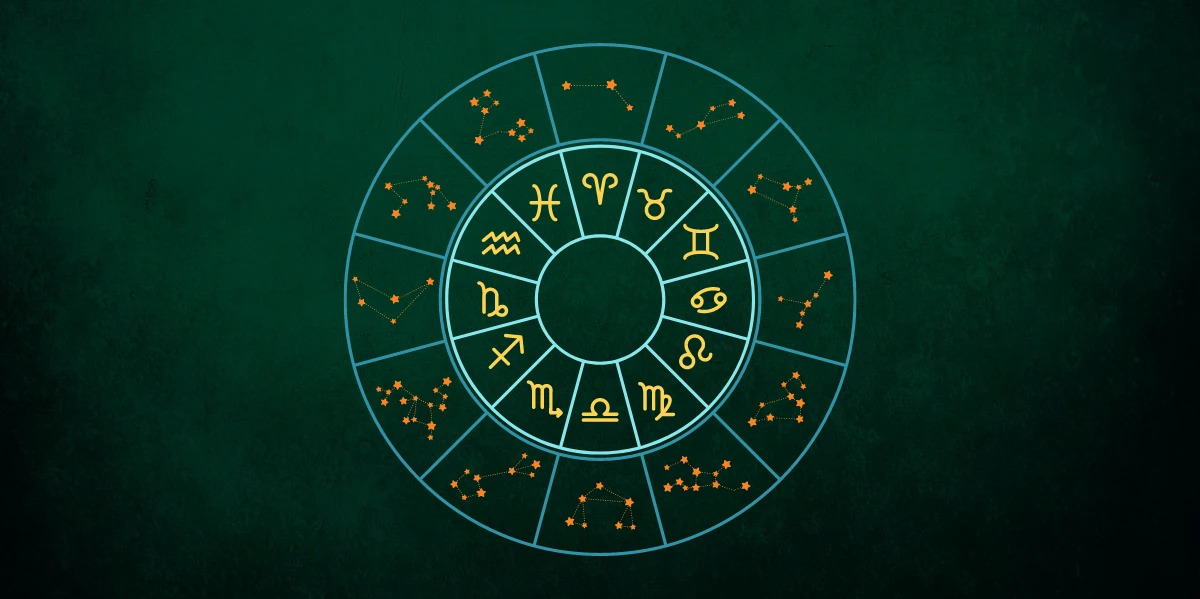

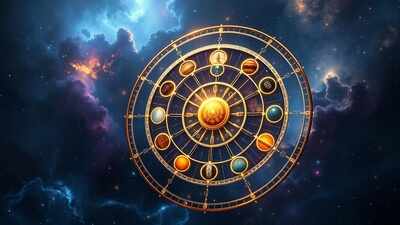
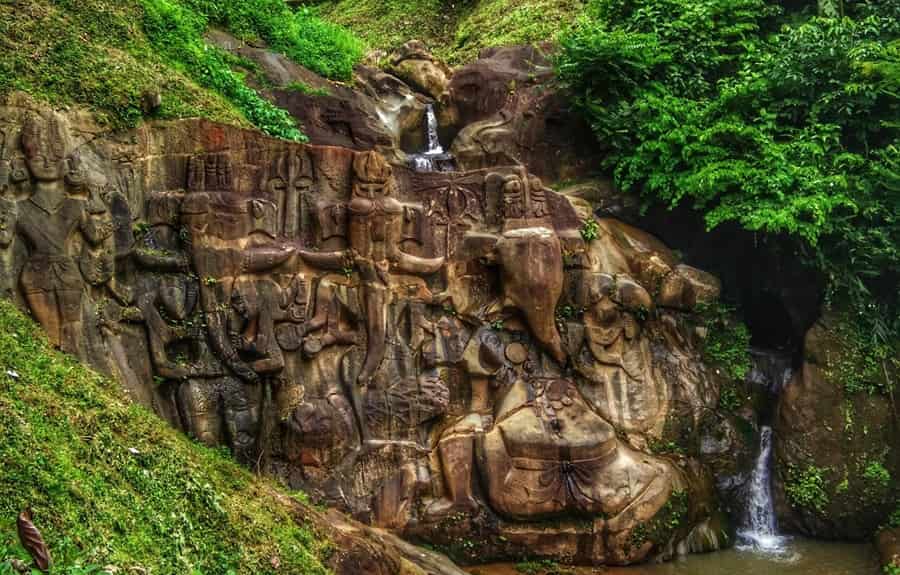



Recent Comments
No comments yet.